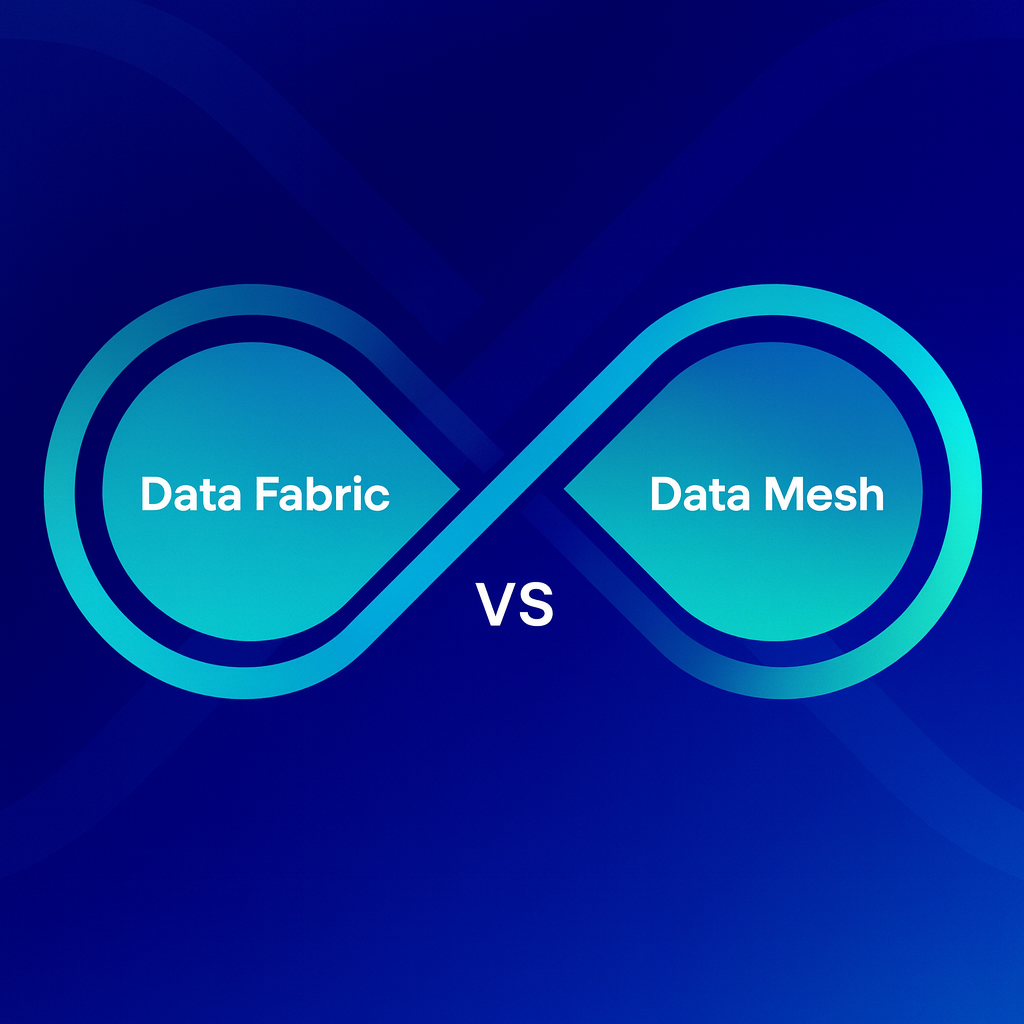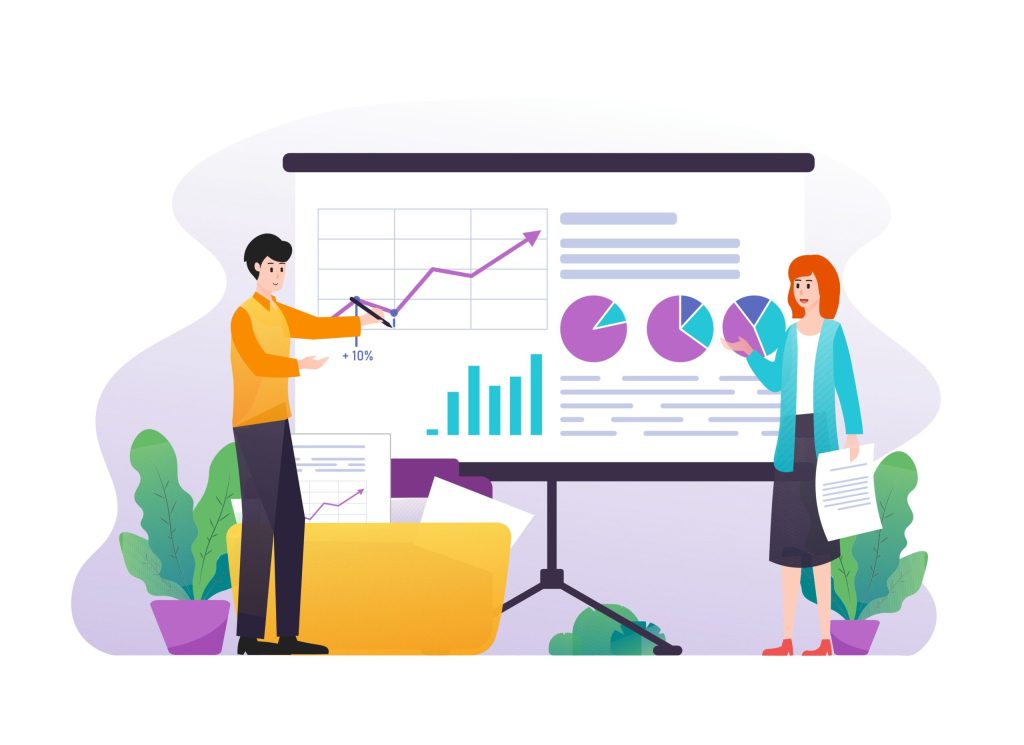Table of Contents
The world of business is evolving faster than ever — and data analytics is leading the charge. From startups to global enterprises, companies are realizing that competitive advantage lies not in the amount of data they collect, but in how effectively they can turn that data into actionable insights.
As we move deeper into 2025, Data Analytics Trends are reshaping industries, driving innovation, and redefining decision-making. Whether it’s AI in analytics, real-time data insights, or new predictive analytics trends, the tools and strategies businesses use to understand data are becoming smarter, faster, and more accessible than ever.
In this guide, we’ll explore the top Data Analytics Trends every business should watch in 2025, why they matter, and how they can help your organization gain a measurable edge.
Why Data Analytics Trends Matter More Than Ever
The explosion of digital transformation, cloud computing, and automation means data is everywhere — but insight isn’t. Businesses that stay ahead of key Data Analytics Trends can make decisions with precision, optimize operations, and predict future opportunities with accuracy.
Understanding these trends isn’t just a technology play — it’s a growth strategy. According to a Harvard Business Review report, companies that embrace data-driven decision-making outperform competitors by a wide margin in both profitability and productivity.
- Data-driven decision-making improves ROI and reduces risk.
- Emerging data technologies help streamline workflows.
- Business intelligence innovations enhance visibility across departments.
- Predictive analytics trends drive proactive rather than reactive strategies.
If your organization wants to lead in 2025, aligning with the latest Data Analytics Trends is no longer optional — it’s essential.
1. AI in Analytics Becomes Business Standard
From Optional to Operational
Artificial Intelligence (AI) is no longer an experimental tool — it’s a business requirement. AI in analytics allows organizations to process massive datasets in seconds, uncovering hidden patterns that human analysts might miss.
Expect to see increased adoption of machine learning algorithms, automated data cleaning, and natural language processing (NLP) integrated directly into analytics platforms.
How Businesses Benefit
- Speed: Real-time insights for faster decisions.
- Accuracy: Reduced human error and bias.
- Scalability: Handle terabytes of structured and unstructured data effortlessly.
According to Gartner’s 2025 Forecast, over 70% of organizations will rely on AI-powered analytics to automate their reporting and forecasting tasks by the end of the year.
That means businesses not investing in AI in analytics risk falling behind.

2. Predictive Analytics Trends Redefine Business Strategy
Predictive analytics has shifted from a “nice-to-have” to a “must-have.” The latest predictive analytics trends use machine learning to analyze historical data, identify patterns, and forecast future outcomes.
Key Applications
- Sales forecasting: Predict customer purchasing behavior.
- Risk management: Anticipate potential disruptions.
- Supply chain optimization: Prevent bottlenecks before they occur.
- Marketing personalization: Deliver targeted campaigns that convert.
Businesses embracing these Data Analytics Trends are moving beyond hindsight to foresight — transforming uncertainty into opportunity.
? Internal Resource: Dive deeper into predictive modeling and decision-making in our upcoming post — Business Intelligence vs. Predictive Analytics: What’s the Difference?
3. Real-Time Data Insights Drive Instant Decisions
Speed is the new competitive advantage. Organizations can no longer afford to wait for monthly reports. Real-time data insights empower leaders to make decisions on the fly, respond to market shifts, and improve customer experiences instantly.
Use Cases for Real-Time Data
- Retail: Adjust pricing dynamically based on demand.
- Finance: Detect fraud the moment it happens.
- Manufacturing: Monitor equipment to prevent downtime.
- Marketing: Track campaign performance in real-time.
At Engine Analytics, our Services include real-time analytics dashboards designed to turn raw data into actionable intelligence the moment it’s generated.
? Related Reading: Discover how real-time and historical data compare in our companion article — Real-Time vs. Historical Data: Which Is More Important?.
4. The Rise of Emerging Data Technologies
As businesses collect more data than ever, new tools are emerging to manage, process, and interpret that data efficiently. In 2025, emerging data technologies such as edge computing, data fabrics, and quantum computing are revolutionizing the analytics landscape.
Top Emerging Technologies to Watch
- Data Fabric Architectures: Streamline data integration across cloud and on-prem systems.
- Edge Analytics: Process data closer to its source for faster results.
- Quantum Analytics: Unlock computational power for complex problem-solving.
- AutoML (Automated Machine Learning): Democratizes predictive modeling.
These emerging data technologies are helping businesses move from siloed data systems to unified, intelligent ecosystems — improving collaboration and reducing latency.
External reference: Learn more about the impact of these innovations in McKinsey’s 2025 Analytics Report.
5. Business Intelligence Innovations Transform Decision-Making
BI Moves Beyond Dashboards
The latest business intelligence innovations are transforming BI from static dashboards into interactive, predictive environments.
Organizations are now integrating BI with AI-driven insights and natural language queries, allowing anyone — not just data analysts — to extract valuable insights easily.
Trends in BI You Should Watch
- Conversational BI tools (ask questions, get insights).
- Embedded analytics within everyday business software.
- Collaborative BI platforms for cross-department insights.
- Data storytelling to visualize complex metrics.
These Data Analytics Trends ensure that intelligence flows freely across teams, enabling faster, smarter, and more informed business strategies.
6. Data Democratization Empowers Every Employee
Analytics for All
Once limited to IT and data science teams, analytics tools are now becoming user-friendly for non-technical users.
This movement — known as data democratization — ensures that marketing, sales, and operations teams can access and analyze data without waiting for specialists.
By 2025, most organizations will adopt self-service BI tools, making data a shared language across all departments. This shift fuels the next wave of energy-efficient data analytics trends by reducing waste and enabling smarter decisions at every level.

7. Sustainability and Ethical Analytics Take Center Stage
As organizations harness more data, ethical considerations around privacy, transparency, and environmental impact are growing.
Sustainable analytics practices ensure that Data Analytics Trends evolve responsibly — minimizing energy consumption and respecting user consent.
Key Ethical Analytics Practices
- Data transparency in reporting and usage.
- AI explainability for algorithmic decisions.
- Carbon-efficient data centers using renewable energy.
This trend ties directly to sustainable business growth, helping companies build trust while aligning with ESG (Environmental, Social, and Governance) standards.
8. Integration Across Cloud and Hybrid Environments
Cloud adoption continues to surge in 2025, but hybrid environments are becoming the norm. Geographically distributed businesses now require seamless integration between on-premises systems and multi-cloud platforms.
Geothermal-like hybrid architectures (flexible and energy-efficient) enable real-time access, enhanced security, and global scalability — ensuring Data Analytics Trends work across diverse infrastructures.
Engine Analytics specializes in helping organizations modernize their analytics pipelines through integrated data architecture — explore our Services to learn more.
9. The Future of Predictive and Prescriptive Analytics
While predictive analytics tells you what might happen, prescriptive analytics tells you what should happen. Businesses in 2025 are now combining both to anticipate events and take preemptive action.
This evolution in predictive analytics trends enables companies to not only forecast demand but also optimize pricing, staffing, and logistics automatically.
Expect to see greater collaboration between AI in analytics and prescriptive modeling as businesses aim for true data-driven automation.
10. The Convergence of Human and Machine Intelligence
Finally, one of the most exciting Data Analytics Trends of 2025 is the balance between human intuition and machine precision.
While AI delivers speed and scale, human expertise provides context, creativity, and ethical oversight. The best-performing organizations in 2025 will blend both — empowering teams to make confident, data-backed decisions that align with real-world goals.
At Engine Analytics, we help organizations bridge this gap through custom analytics solutions designed for human understanding and machine efficiency.
Conclusion — Staying Ahead with the Right Data Partner
The future belongs to businesses that harness the power of data strategically. By aligning your organization with the latest Data Analytics Trends, you can anticipate challenges, identify opportunities, and drive meaningful growth.
From AI in analytics to real-time data insights and emerging data technologies, the landscape of analytics is more dynamic — and more accessible — than ever.
At Engine Analytics, we help you unlock that potential with data-driven solutions designed for your unique business needs.
? Ready to stay ahead of 2025’s biggest Data Analytics Trends?
Contact our team today to discuss how we can help your organization harness the full power of analytics and transform insight into impact.
Here’s Some Interesting FAQs for You
1. What are the biggest Data Analytics Trends in 2025?
The biggest Data Analytics Trends shaping 2025 include the growing use of AI in analytics, advanced predictive analytics models, and real-time data insights that enable faster and smarter decisions. Businesses are also adopting emerging data technologies such as machine learning automation, quantum analytics, and edge computing to process information more efficiently. Meanwhile, business intelligence innovations are making analytics more interactive, visual, and accessible for non-technical teams — transforming data into a core driver of business strategy.
2. Why are real-time data insights important for businesses?
In today’s fast-moving markets, decisions made in minutes can be worth millions. Real-time data insights allow organizations to monitor performance, detect trends, and respond to market changes as they happen — not days or weeks later. Whether it’s adjusting marketing campaigns, managing supply chains, or preventing fraud, real-time analytics empowers teams to act immediately. It’s one of the most transformative Data Analytics Trends of 2025 because it bridges the gap between analysis and action, improving agility, accuracy, and customer satisfaction.
3. How can small businesses leverage these Data Analytics Trends?
Small businesses can take advantage of modern Data Analytics Trends without large enterprise budgets. By using cloud-based analytics tools, AI-driven dashboards, and predictive insights platforms, they can gain the same level of intelligence as larger competitors. Working with specialized partners like Engine Analytics helps small organizations implement scalable solutions for tracking customer behavior, optimizing marketing efforts, and forecasting sales — all while keeping costs low. With the right strategy, even small teams can turn their data into a major competitive advantage.
The biggest Data Analytics Trends shaping 2025 include the growing use of AI in analytics, advanced predictive analytics models, and real-time data insights that enable faster and smarter decisions. Businesses are also adopting emerging data technologies such as machine learning automation, quantum analytics, and edge computing to process information more efficiently. Meanwhile, business intelligence innovations are making analytics more interactive, visual, and accessible for non-technical teams — transforming data into a core driver of business strategy.
In today’s fast-moving markets, decisions made in minutes can be worth millions. Real-time data insights allow organizations to monitor performance, detect trends, and respond to market changes as they happen — not days or weeks later. Whether it’s adjusting marketing campaigns, managing supply chains, or preventing fraud, real-time analytics empowers teams to act immediately. It’s one of the most transformative Data Analytics Trends of 2025 because it bridges the gap between analysis and action, improving agility, accuracy, and customer satisfaction.
Small businesses can take advantage of modern Data Analytics Trends without large enterprise budgets. By using cloud-based analytics tools, AI-driven dashboards, and predictive insights platforms, they can gain the same level of intelligence as larger competitors. Working with specialized partners like Engine Analytics helps small organizations implement scalable solutions for tracking customer behavior, optimizing marketing efforts, and forecasting sales — all while keeping costs low. With the right strategy, even small teams can turn their data into a major competitive advantage.








